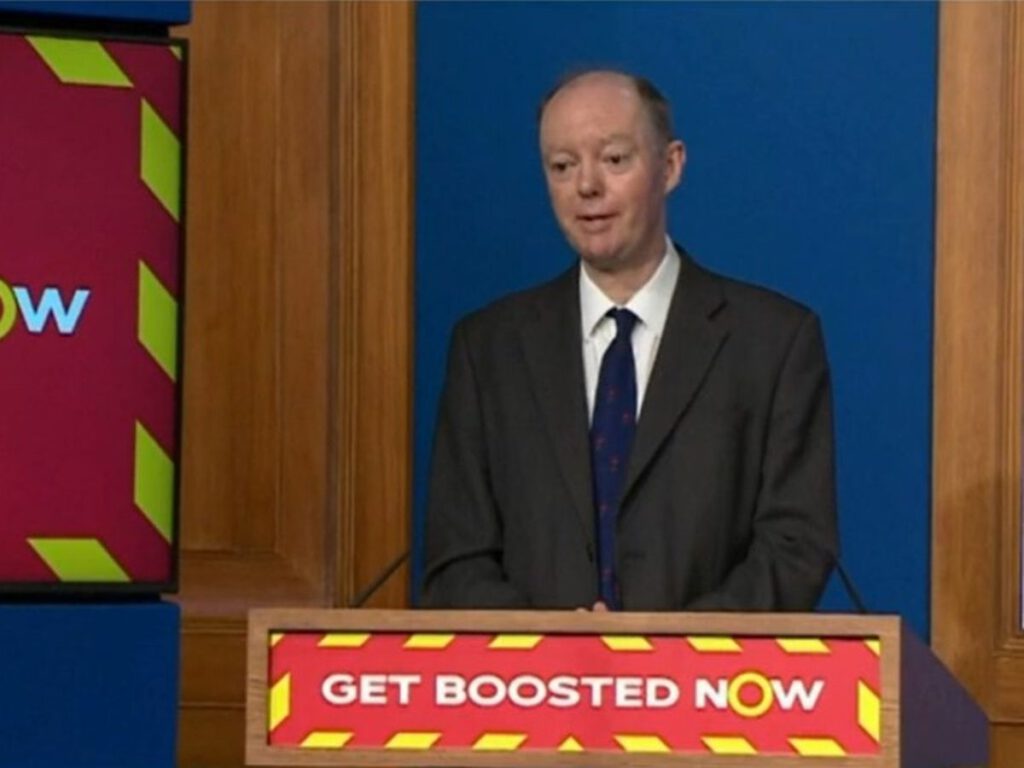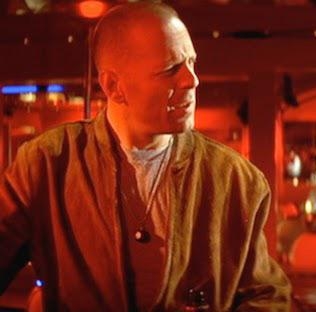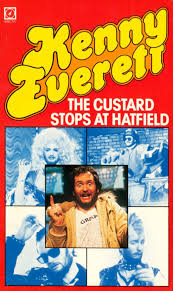 David Lynch was a unique film-maker, brilliantly imaginative, original and stylish. As a fairly recent convert to painting, I was fascinated to learn his first ambition was to be a painter and submit to “the art life” as he called it, in which “you drink coffee, you smoke cigarettes and you paint, and that’s it”, which sounds like the perfect life to me.
David Lynch was a unique film-maker, brilliantly imaginative, original and stylish. As a fairly recent convert to painting, I was fascinated to learn his first ambition was to be a painter and submit to “the art life” as he called it, in which “you drink coffee, you smoke cigarettes and you paint, and that’s it”, which sounds like the perfect life to me.
My introduction to his work, as for probably most of my generation, was Twin Peaks, which came out in my late teens and started out as this oddball soap opera and escalated into a phenomenon such that I was actually sitting there watching it each week with my mum and dad, which just seems extraordinary now. I doubt they’ve seen any of his other work, but Twin Peaks brought the whole family together to experience everyday surrealism in a way no other prime time TV show has done since. I gradually saw his other films, of which my favourite is probably Mulholland Drive, a masterpiece, full of mystery and suspense and beautiful women, as well as humour.
I was about to leave the Threads social network last week following Mark Zuckerberg’s ridiculous lament for corporate masculinity, but after Lynch died it exploded with tributes to him – literally every post for days has been about him. That was either a very clever ruse by Meta, or a deliciously ironic twist, a social network run by uber-capitalists flexing automatically to the work of a man who wasn’t super-commercial or driven by money and who, in a time where technology threatens to swamp the world with AI bullshit, remained totally dedicated to creating art. But then maybe the flex was AI, who knows. Either way, Zuckerberg could learn a lot from Lynch’s attitude to masculinity.
By all accounts Lynch was a lovely bloke too, very peaceful, generous and funny. As many have pointed out, it’s refreshing to be able to celebrate the life and work of a male public figure without having to add “despite the fact he was horrible in his personal life”, because it seems nobody had a bad word to say about him. With his beautiful silver quiff, he also had the best hair in all of contemporary cinema (sorry Jim Jarmusch, though you come a close second). At the top of this post is a quick painting I did of Lynch last year – I was pleased with the likeness but the hair was the most enjoyable part of it.
I set a reminder on my phone to take part in the global 10-minute meditation that Lynch’s family called on 20th January, his birthday. It was set for 8pm in the UK and I was cooking my dinner and got my timings mixed up and ended up sitting on the sofa with my plate on my lap instead of assuming the lotus position, but the absurdity seemed appropriate. I’d like to think there was something in the stars about such a kind, imaginative, original, creative and honest man as Lynch leaving the world at the same time as the US swears in a president who is his exact opposite. (A similar thing happened with Leonard Cohen in 2016.) I hope that a mass communal meditation for inner peace might have had some kind of stabilising effect on the chaos unfolding around us.
I was once walking back at night from visiting family in a very sedate suburban residential street and as I turned the corner was totally freaked out to see what I thought was a ghostly, human-sized owl monster, which turned out to be an uncovered ironing board left out for collection by the neighbours. I took the photo below and I always think it’s the sort of thing that could have come out of the mind of David Lynch.

A shortened version of this blog post was published by the Guardian as part of a feature of reader tributes.

 I got into a slight Tarantino binge this week. Lots of little
I got into a slight Tarantino binge this week. Lots of little 